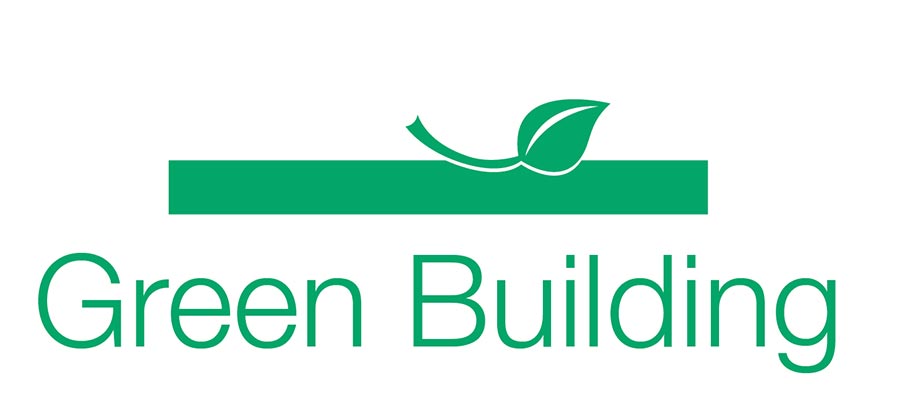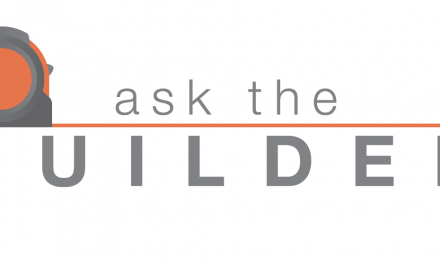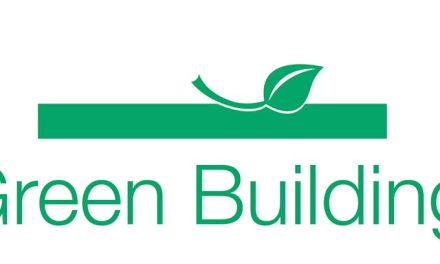by Pieter VanderWerf
Yes, U.S. homes will be built according to greener practices over time, but not because home buyers choose green features.
No matter what people say, unless they are subsidized somehow, green houses are virtually always a little more expensive than their conventional counterparts. Better, perhaps, but also more expensive. And nearly all buyers choose the house that is cheaper but has the same space, or the house that is a little larger but the same price, than the one with green features.
If I ever had any doubts about this, they died in the last few weeks. I received more feedback on my last column than I have ever received on an editorial before. It came from ICF builders around the U.S., people who specialize in energy-efficient construction. If anyone knows home buyers interested in green construction, it would be these folks. And they all said the same thing: buyers like to hear that a house has green features, but the vast majority won’t pay more for them. And in my book, if you will not pay any more for something, that is equivalent to saying that you give it a priority of zero.
But then, why am I convinced that homes will turn greener over time? If green homes cost more and people won’t pay more, how will we ever start selling more of them?
Let’s think this through. What is the advantage of a green home? One is that it is usually more energy efficient. This saves the owner some money. It also reduces the greenhouse gas emissions and our dependence on foreign fuels. A second is that the indoor air quality is better. This leaves the occupants healthier, and potentially reduces health care costs for all of us. A third is that using renewable and recycled materials reduces landfill waste and other costly side effects of material consumption.
So why don’t people pay for these features? Because one, they don’t value them correctly; and two, a lot of the benefits go to someone else. Energy savings are nice. And yes, buyers benefit from them. But consumers are terrible at factoring future savings into a purchase decision.
Worse, much of the benefits of reduced energy don’t accrue to the buyer. If my house is responsible for reduced greenhouse gasses because it uses less energy, what does that get me? Nothing. Frankly, it doesn’t get anyone anything. It’s only when all of us do the same that we make a dent in the emissions or oil dependence.
Reduced waste is a similar story. I often don’t pay landfilling costs directly. They might affect my taxes, but cutting my own waste won’t cut anyone’s taxes.
Sound familiar? Yeah, that’s what building codes are there for.
Formal building codes arose over 100 years ago, mostly to improve life safety. In homes the biggest concerns were the potential for fires and structural collapse. Left to their own, buyers cannot evaluate fire and structural risk in a house. Additionally, many would probably push the envelope, settling for a riskier house if it meant saving enough money to get some more space or amenities. So building codes were developed with guidelines for construction to guard against shoddy practices.
Over the decades, building codes have steadily ratcheted requirements to reduce life safety risks. But they have also expanded their objectives to things that affect general health, convenience, and maintenance.
And energy efficiency. I single out energy efficiency because that is probably the building code topic that is most similar to green construction. If your house is not energy efficient, you won’t die. You may not care, but if everyone is allowed to build inefficiently it leads to things like polluted air, global warming, losing more kids in war, and bigger foreign debt that cuts our credit for other things and has to be repaid later.
The solution we have come up with is to take the decision out of the individual’s hands, and put it into law through building codes. I’ve had several talks with officials running the green home building program in Austin, Texas. It is one of the most thorough green standards for homes in the U.S., pioneered by the city years ago. It is making a surprising headway for a voluntary program.
But the local push for green homes does not stop there. Key requirements of the standard have been written into Austin’s building code. And every year more requirements are added.
NAHB’s national green building standard is in the process of being adopted by the International Code Council as an optional part of the International Residential Code.
How long after that do you think it will take for local governments to adopt the new “green code” and require sustainable home construction? Decades, of course, but more and more will do it over time. Just like more and more are adopting the International Energy Conservation Code, or parts of it. Austin may be one of the first places to do it, but green homes will become code.
Next issue: How codes will rock our world.

Pieter VanderWerf is
President of Building Works, Inc., a consulting firm that helps companies with advanced construction products. He can be reached at pvander@buildingworks.com, and his company at www.buildingworks.com.











